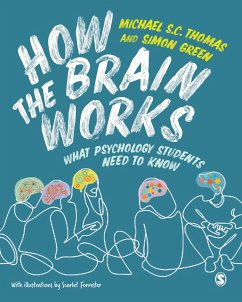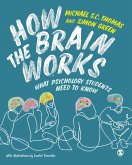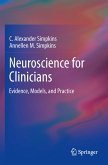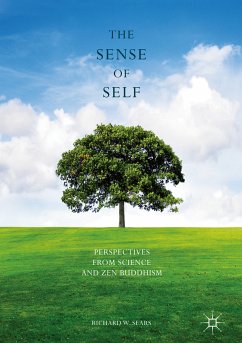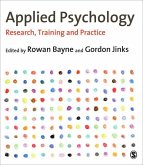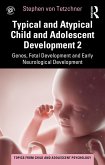Delve into the intricacies of the human mind with this engaging and insightful guide to how the brain works.
Written in a playful style and beautifully illustrated, this book is designed to support you as you embark on the beginning of your psychology degree. It provides an accessible guide to how the brain's structures and functions determine how the mind works, and how this fits into the bigger picture of our evolution and biology as a species.
From focus boxes that delve into specific topics to entertaining puzzles that bring the subject to life, this book will captivate your imagination while building your understanding of biological and cognitive psychology.
This is an essential read for undergraduate psychology students.
Michael S.C. Thomas is Professor of Cognitive Neuroscience at Birkbeck, University of London.
Simon Green is a Chartered Psychologist and retired Senior Lecturer in Psychology at Birkbeck, University of London.
Written in a playful style and beautifully illustrated, this book is designed to support you as you embark on the beginning of your psychology degree. It provides an accessible guide to how the brain's structures and functions determine how the mind works, and how this fits into the bigger picture of our evolution and biology as a species.
From focus boxes that delve into specific topics to entertaining puzzles that bring the subject to life, this book will captivate your imagination while building your understanding of biological and cognitive psychology.
This is an essential read for undergraduate psychology students.
Michael S.C. Thomas is Professor of Cognitive Neuroscience at Birkbeck, University of London.
Simon Green is a Chartered Psychologist and retired Senior Lecturer in Psychology at Birkbeck, University of London.
Dieser Download kann aus rechtlichen Gründen nur mit Rechnungsadresse in A, D ausgeliefert werden.
As teachers we are in the business of literally changing the connections in the brains of our students. However, many of us only have a rudimentary knowledge of how the brain actually works. This book provides a comprehensive and authoritative guide to the most complex of organs and I would strongly recommend that those involved in education, not just psychology students, read it. Helen Darlington 20240905

